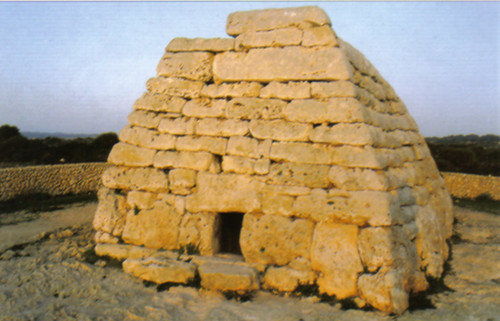Menorca is also dotted with prehistoric monuments that are evidence of a sophisticated culture.
Cala Morell
Punta Nati
Calata Macarelleta
Macarella
Calata Mitjaneta
Talatí de Dalt
Talaiot de Torello
Taula de Talatí
Cala Mesquida
Read also: Bear Watching in Katmai National Park and Preserve.
Es Grau, Parc Natural de S’Albufera
Menorca is also dotted with prehistoric monuments that are evidence of a sophisticated culture.Click to Tweet

Cala Pregonada
Binibequér
Cala Rafalet
Naveta des Tudons
Biniparratx
Binisafúller
 Minorca or Menorca (Catalan and Spanish: Menorca; from Latin: Balearis Minor, later Minorica "minor island") is one of the Balearic Islands located in the Mediterranean Sea belonging to Spain. It takes its name from being smaller than nearby island of Majorca.
Minorca or Menorca (Catalan and Spanish: Menorca; from Latin: Balearis Minor, later Minorica "minor island") is one of the Balearic Islands located in the Mediterranean Sea belonging to Spain. It takes its name from being smaller than nearby island of Majorca.Minorca has a population of approximately 88,000.
The island is known for its collection of megalithic stone monuments: navetes, taules, and talaiots, which speak of a very early prehistoric human activity. Some of the earliest culture on Minorca was influenced by other Mediterranean cultures, including the Minoans of ancient Crete.
For example the use of inverted plastered timber columns at Knossos is thought to have influenced early peoples of Minorca in imitating this practice.
The location of Minorca in the middle of the western Mediterranean was a staging point for the different cultures since prehistoric times. This Balearic Island has a mix of colonial and local architecture.
Minorca is especially well known for its traditional summer fiestas, which intrigue many visitors.
The 'Festes de Sant Joan' is held annually in Cuitadella. The festes lasts for three days. On the first day, a man bears a well-groomed sheep upon his shoulders and parades around the local streets. In the late evening, main streets are closed and bonfires held upon them.
On the second day, locally bred black horses are the star of the show. Dressed up for the occasion with ribbons and rosettes. The riders, or caixers, ride the horses through the streets and encourage them, along with a tumultuous crowd of people, to rear up on their hind legs. The brave can be found running underneath them as they do so.



















This period is refered to as the pre-Talayotic periodwhich has left important burial monuments such as megalithic tombs and the collective tombs known as navetas.
ReplyDeleteBy 1400 B.C. the culture had developed and produced large stone constructions known as talayots. These constructions gave rise to theterm The Talayotic Period, considered by experts to be the richest prehistoric period of the island history.
The origin and purpose of the taulas is unknown, although they are the works of prehistoric humans. There have been several theories surrounding the mystery of the taulas, generally focused on religious or astronomical purposes. Some believe they are a religious symbol. Others believe the taulas served as a temple of healing. Finally, there is a theory that the taulas were aligned with the movements of the moon.
Delete